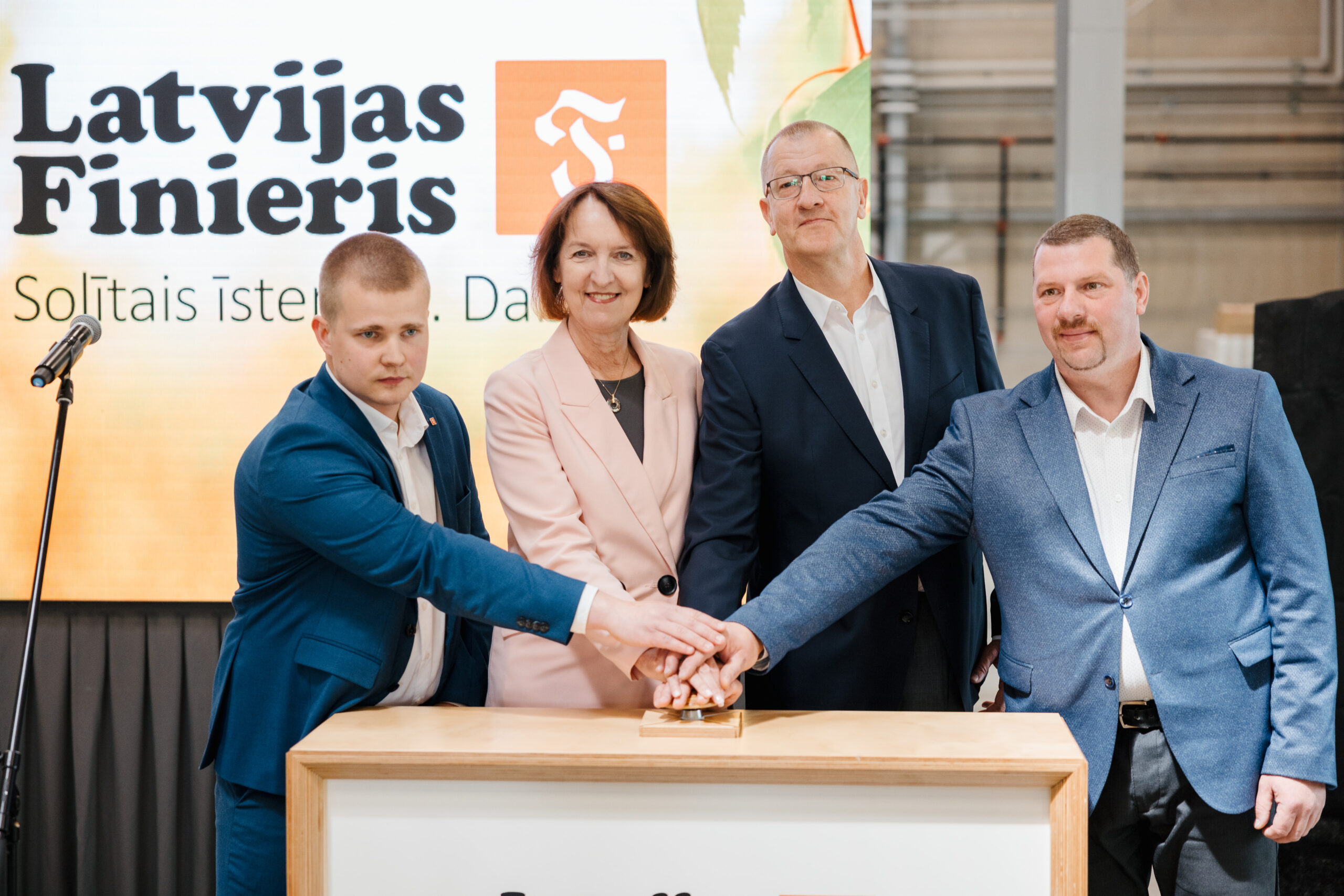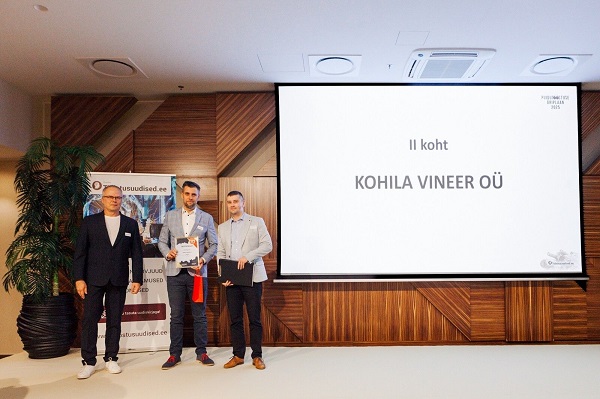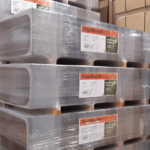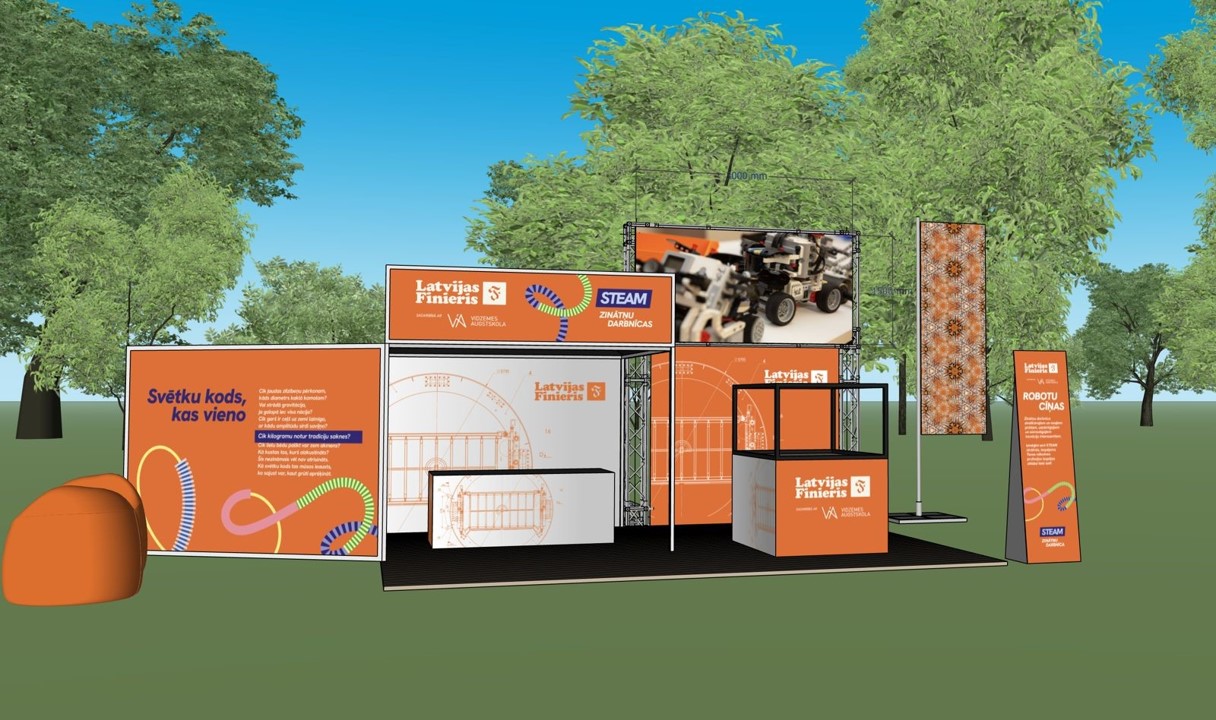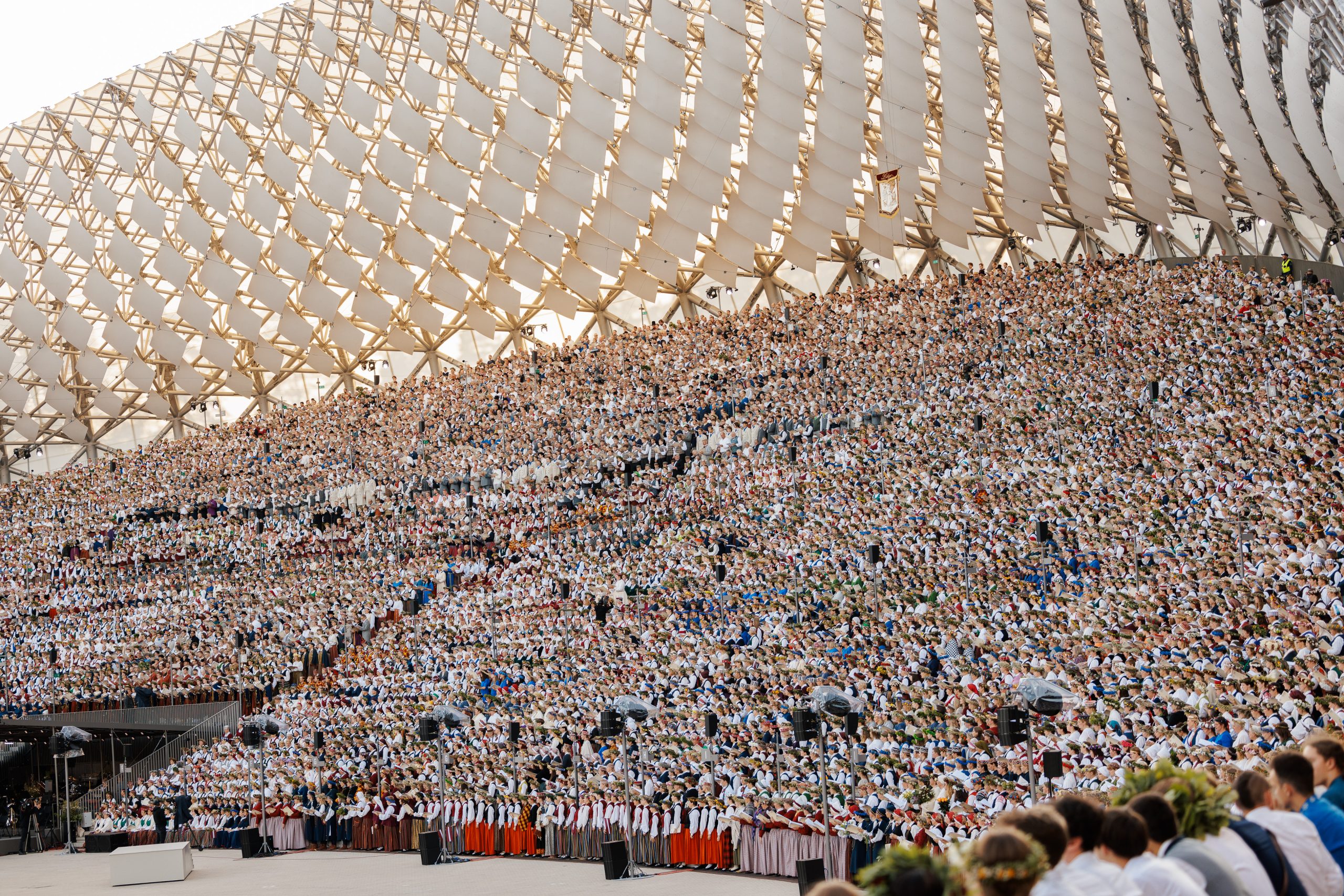Kohila Vineer, a subsidiary of Latvijas Finieris, tops the ranking of Estonian timber companies
21.11.2024
In the 2024 ranking of Estonian timber industry companies by Estonia’s most popular financial newspaper, Äripäev, plywood producers occupy the top three places, showing that birch plywood as a niche product is doing better than the timber industry as a whole. Latvijas Finieris mill Kohila Vineer is ranked second in this assessment. UPM-Kymmene Otepää is in first place, and Metsä Wood Eesti is in third.
According to the financial newspaper Äripäev, UPM-Kymmene Otepää, owned by the Finnish forestry group UPM, earned EUR 11.1 million last year with a turnover of EUR 87 million, the company’s highest sales turnover in a decade. “Kohila Vineer”, a subsidiary of the Latvijas Finieris Group, closed 2023 with a turnover of EUR 52.5 million, earning EUR 7 million. Last year, Metsä Wood Eesti, owned by the Finnish forestry group Metsä Group, increased its turnover by 13.4% to EUR 60 million and earned EUR 8.2 million (EUR 4.4 million in 2022).
The success of Estonian plywood producers is mainly due to one key factor: demand for birch plywood remains high.
“Birch plywood is used in many different areas. There are segments where there is a decline, such as the construction and transport sectors, while there are areas where demand is still good or has even improved, such as the maritime transport industry,”
says Andres Laht, Member of the Board of Kohila Vineer, commenting on the market situation to Äripäev.
Plywood production in Estonia has been stable in recent years, with an average monthly production of 16,500 cubic metres in 2023. The highest volume was in March (20.6 thousand cubic metres) and the lowest in June (9.1 thousand cubic metres). There was also a significant reduction in production in June 2022 and 2024 due to restrictions during the bird breeding season.
“The biggest challenge for us is still the break in harvesting during spring because it is very difficult to stock up raw materials for the whole second quarter,”
explains Mr Laht.
In total, 200,000 cubic metres of plywood were produced in Estonia in 2023 and 117,000 cubic metres in the first seven months of this year. Most of the plywood produced in Estonia is exported, accounting for 13.3% of Estonian exports of timber and timber products in 2023, with a financial value of EUR 252 million. Plywood exports in the first two quarters of this year amounted to EUR 154 million. Germany is the largest export market due to its important market for the production of vehicles, where a large part of birch plywood is used in the construction of trucks.
As in Latvia, timber industry representatives in Estonia are calling for a review of the increasing restrictions on the forest industry:
“Restrictions are being added, and more and more commercial forests are being taken out of use. Government revenue and expenditure do not match, but we are writing off an important resource that could generate income, increase welfare, cover defence spending, pay for teachers, rescue workers, cultural workers and others. Sustainable forest management that combines economic interests with the conservation of protected forests is needed. Protect with purpose, manage with maximum efficiency,”
says Mr Lahts, who is convinced.
The timber industry TOP is a ranking of Estonian companies by Äripäev, Estonia’s most popular financial newspaper. The industry ranking is based on sales turnover, profit before tax and value-added per employee in 2022 and 2023. To qualify for the assessment, the share of the company’s activity in the sector concerned had to be at least 51% of turnover. The company also had to operate for two full financial years in a row.
